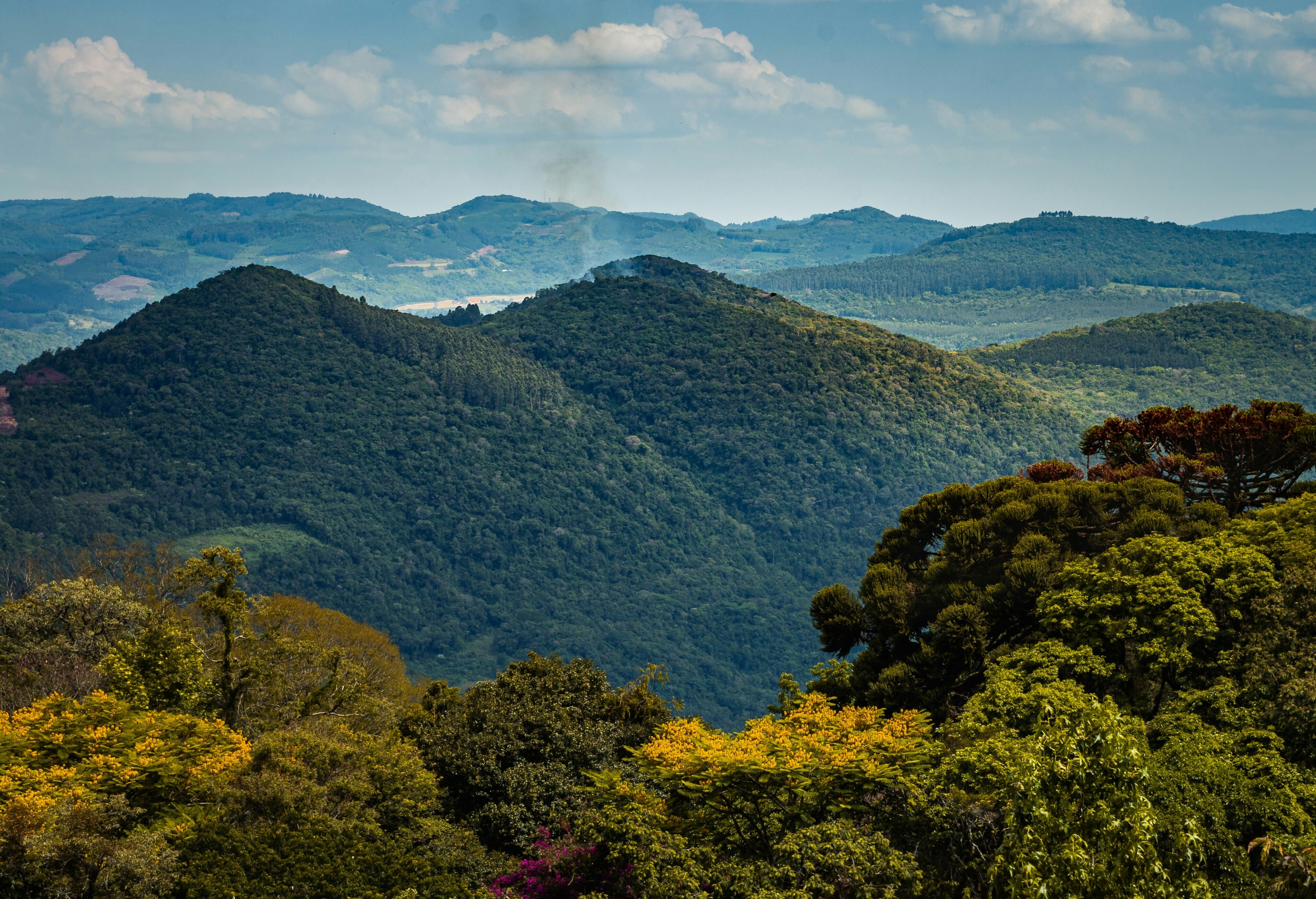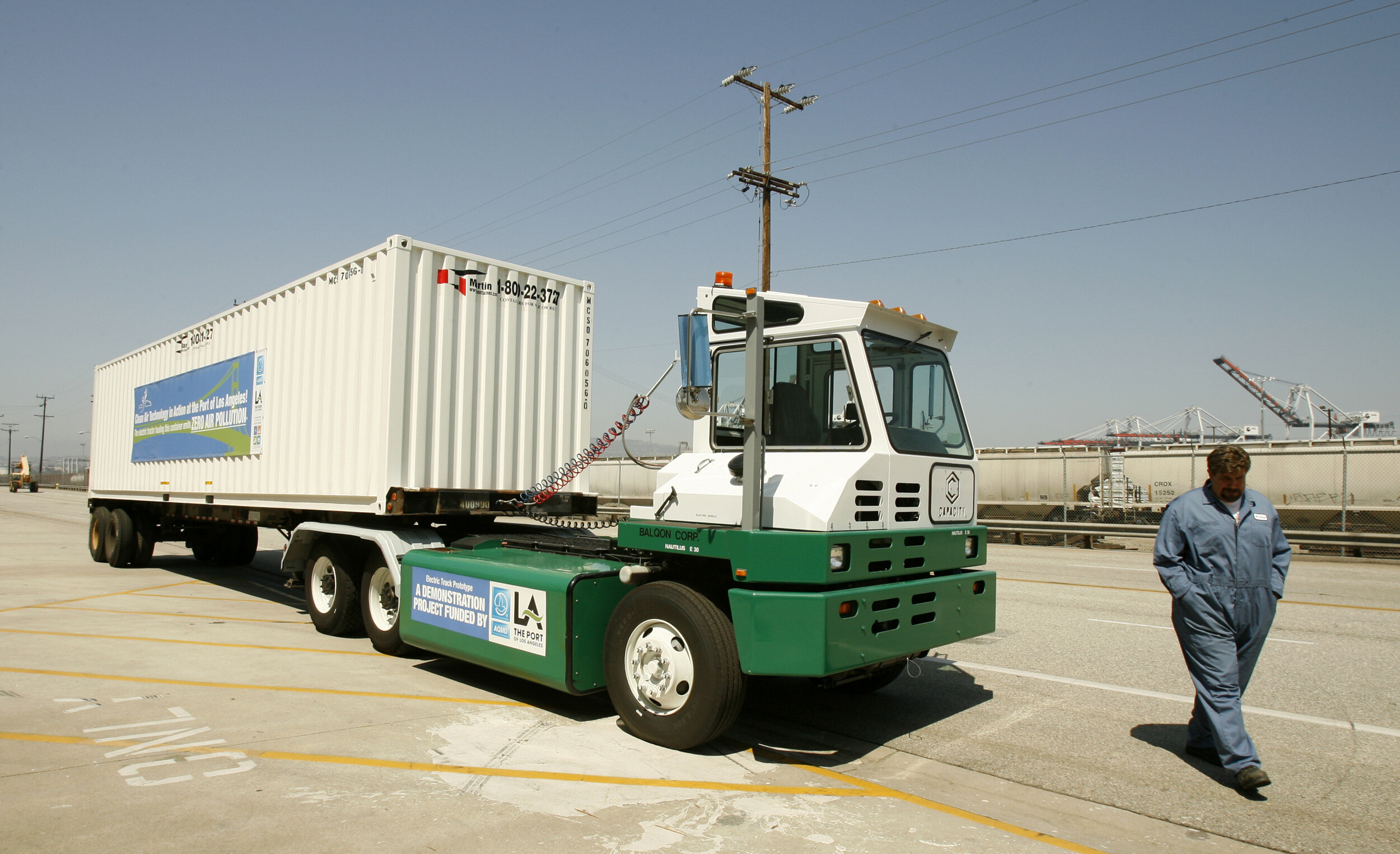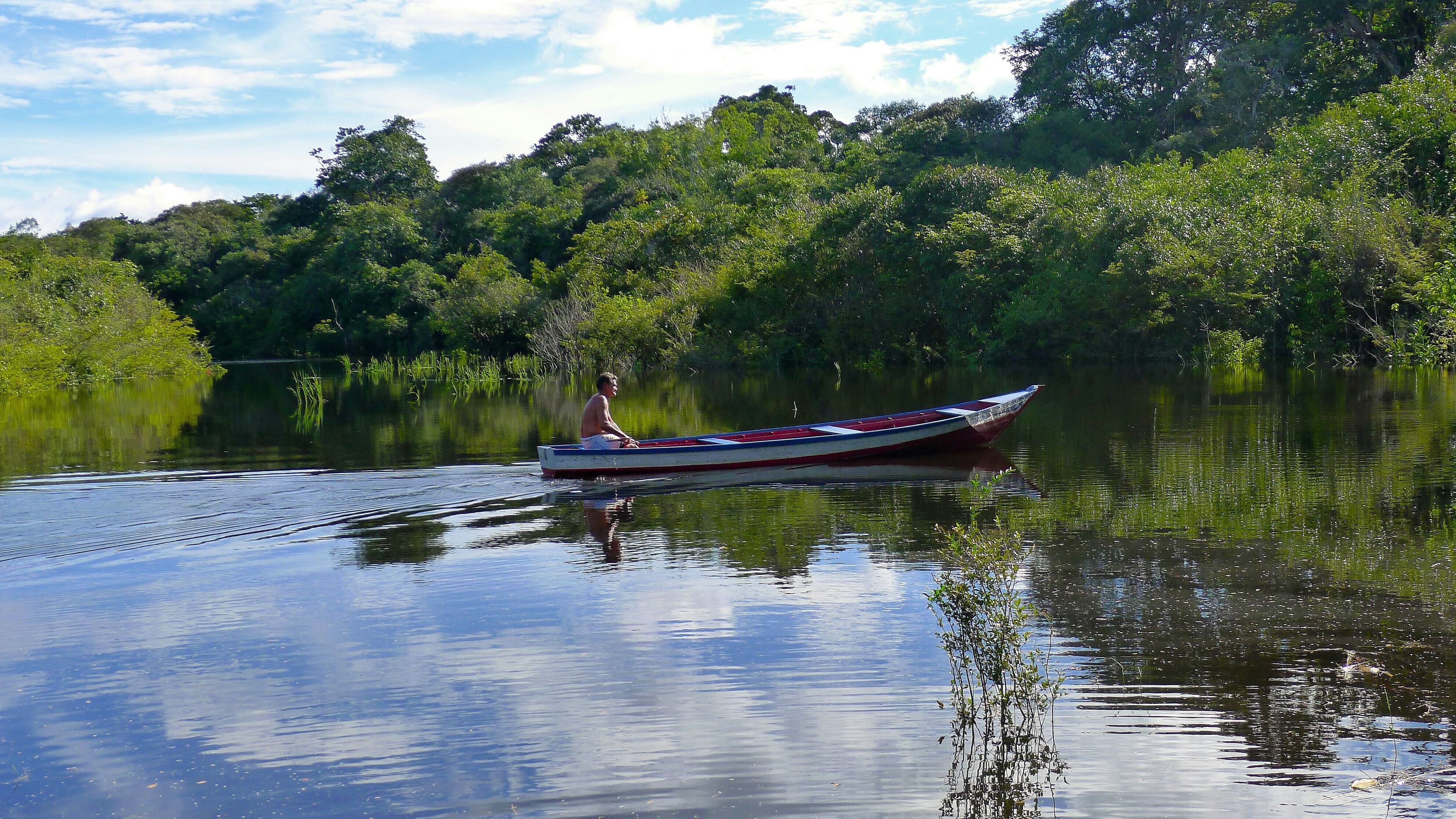Texas power crisis shows need to build a clean, resilient grid

The severe power outage in Texas has emphasised the need for change. Image: Unsplash/Kevin Hernandez
- The recent power outage in Texas was caused by extreme weather freezing the state's electric and gas systems.
- Such weather is fuelled by climate change and part of the 'new normal' which the U.S. will need to adjust to, writes Stem CEO John Carrington.
- Beyond recognizing the vulnerability of the grid and planning accordingly, states need to jump-start investments in local, distributed energy resources.
What unfolded in Texas wasn’t a power outage – it was a tragedy. And unfortunately, it’s far from the first or the worst we’ve seen in recent years.
Texas is no stranger to extreme weather; in 2017, Hurricane Harvey caused $125 billion in damages. In February, a weakening of the jet stream funneled Arctic winds down into Texas’s normally temperate areas, literally freezing portions of its electric and gas systems precisely when power and heat were needed the most.
Our Texas-based employees thankfully remained safe but some of their neighbors did not, as news reports made clear. A supposedly hour-long power outage lasted days, for some. Irate residents lacked heat and didn’t understand that the utility couldn’t just turn their power back on for an hour. The power simply wasn’t available.
The fact that a state like Texas can be brought to its knees in 2021 from extreme winter weather should sound alarm bells for us all.
What went wrong? In a nutshell, frigid temperatures brought snow and ice and froze power generators – including coal and gas plants, and wind turbines – rendering them inoperable. Downed trees and power lines caused further damages that will likely take weeks or months to repair.
In the minds of people who plan and operate the electricity grid, this confluence of events was so statistically unlikely that preparing for it may have seemed like a waste of time and resources. And yet it happened.
In colder climates north of Texas, de-icing equipment is routinely added to wind turbines and fossil fuel plants to make sure they can operate in frigid temperatures. In Texas, which operates very competitive electricity markets, the added cost would have been difficult to justify under normal conditions.
But as this and countless recent examples show, we simply don’t live under “normal conditions” anymore. In the 15 years since Hurricane Katrina devastated New Orleans, we’ve experienced several “once in a century” storms. The reinsurer Munich Re reports that U.S. disaster costs, fueled by climate change, doubled last year from 2019 levels.
Building a more resilient economy that’s suited to this “new normal” is very much a work in progress, not just in Texas but across the country. And our electricity grid – the backbone of our economy – would be a good place to start.
Power outages in the U.S. are increasing both in frequency and duration, and the U.S. now leads all developed nations in outage frequency. This is a consequence of neglecting our grid as well as the advent of more frequent and intense climate-driven heat waves, wildfires, and extreme weather.
Federal action is no doubt part of the solution, and President Biden’s “Build Back Better” initiative aims to support both green infrastructure investment and job creation. But to a large extent, building a more resilient electricity grid, and economy, largely falls to states. And what can help Texas can help other states as well.
Beyond recognizing the vulnerability of the grid and requiring utilities to plan for it accordingly, states need to jump-start investments in local, distributed energy resources (DERs). Some areas in Texas actually experienced mild weather last week, but they lost power too because entire portions of the state’s grid were shut down. And they were among the 15 million Texans told to boil water after outages at water treatment plants disrupted water service to more than half the state.
With the advancements in clean, distributed technologies like solar and battery energy storage, that’s simply not an acceptable outcome anymore. Solar and storage are already protecting communities across the nation, providing “clean resilience” and safe, reliable backup power year-round.
Nowhere is backup power more important than at critical facilities like hospitals, fire stations, emergency shelters, and water treatment plants. And having more backup on the system allows utilities to better manage rotating outages, lessening impacts on customers and keeping the heat on.
Notably, batteries helped reduce blackouts in California last summer – and could have done more if rules allowed. Questions around who can own battery storage and how it can be used linger in Texas and nearly every other state, preventing consumers and businesses from benefiting. Clarifying its role on the grid and allowing both utilities and third parties to deploy it would build reliability and resilience.
While its electricity market is unique, Texas’ grid is pretty typical of the century-old model, with long transmission lines bringing power from large generators to customers. That approach worked well for a long time and drove down costs. But we’ve clearly reached a point where the costs of its vulnerability need to be addressed, and alternative solutions considered.
Many U.S. states have moved to take fuller advantage of DERs like solar and batteries. Supporting DER adoption would mean upgrading facilities that have not yet been weather hardened and prioritizing building localized energy resources, which would allow both customers and utilities to better balance their energy requirements.
Granted, making Texas’ grid more resilient involves a lot more than adding some batteries or putting de-icing equipment on generators. The larger challenge is recognizing that we’ve entered a new normal and being able to plan for it and incorporate new technologies as part of the solution.
Building the clean, resilient grid we need will depend on the best efforts of a vast array of policy makers, business leaders, utilities, and technology providers. And while it may seem a daunting task, inaction has clearly become untenable. Stem is here to help Texas and other states build their resilience, and our recently published “Clean Resilience Roadmap” can help policymakers set their state on a path to a more resilient electrical system.
This is an exciting new world we’ve entered, one in which we’ll be making transformational investments in our future, and in our children’s future. And I for one couldn’t be more excited for this challenge. Because there is definitely no turning back.
Don't miss any update on this topic
Create a free account and access your personalized content collection with our latest publications and analyses.
License and Republishing
World Economic Forum articles may be republished in accordance with the Creative Commons Attribution-NonCommercial-NoDerivatives 4.0 International Public License, and in accordance with our Terms of Use.
The views expressed in this article are those of the author alone and not the World Economic Forum.
Stay up to date:
Energy Transition
Related topics:
Forum Stories newsletter
Bringing you weekly curated insights and analysis on the global issues that matter.
More on Climate Action and Waste Reduction See all
Laia Barbarà, Christin Martens and Nasim Pour
November 21, 2025








